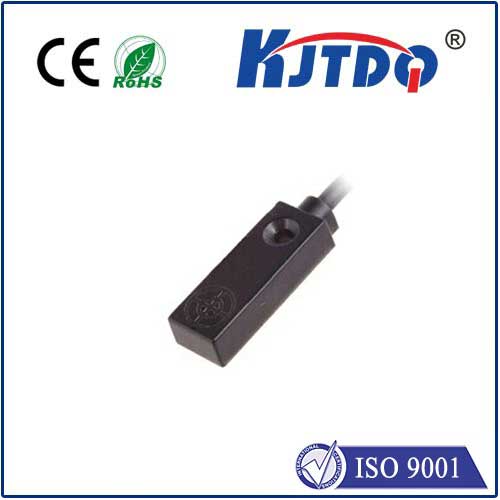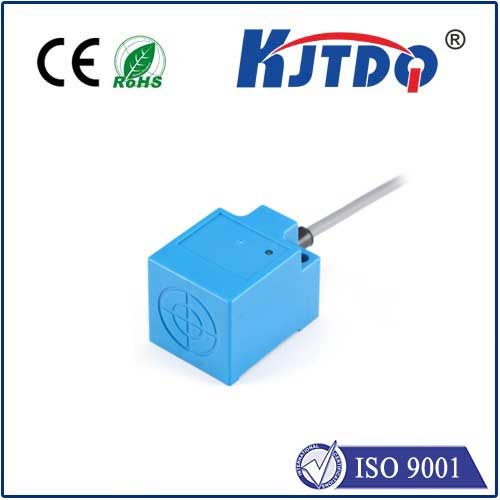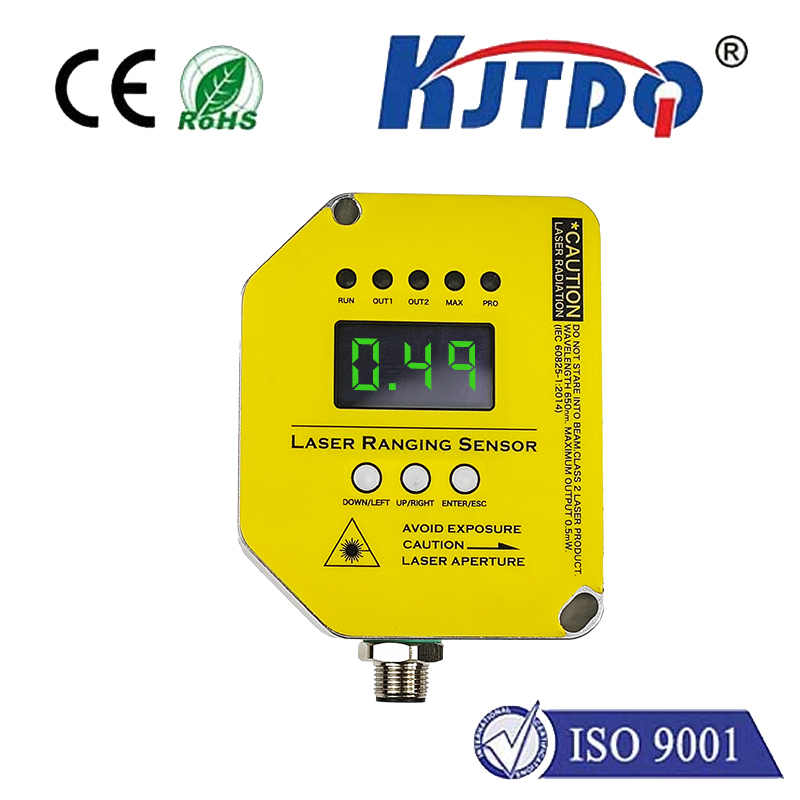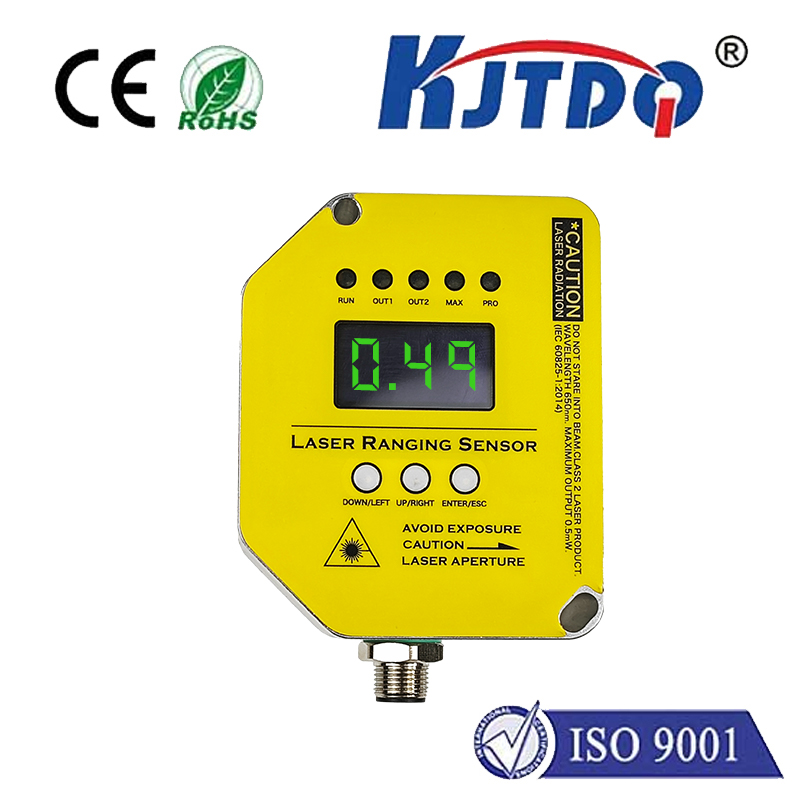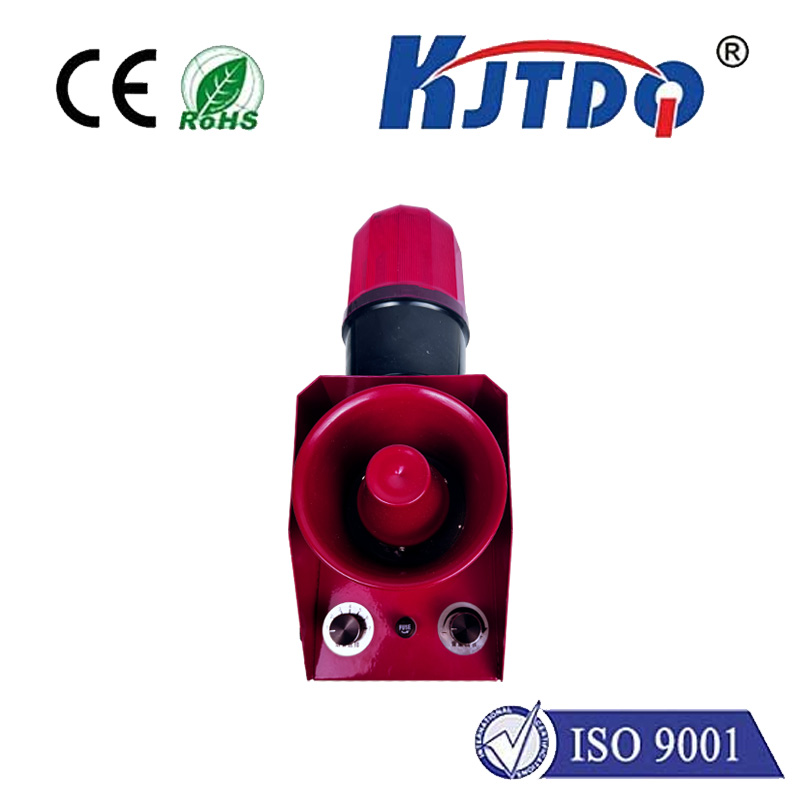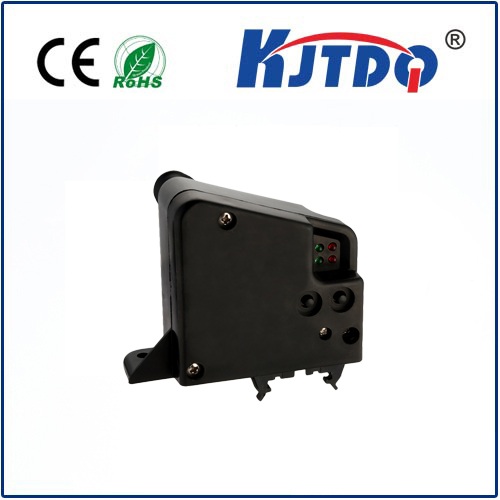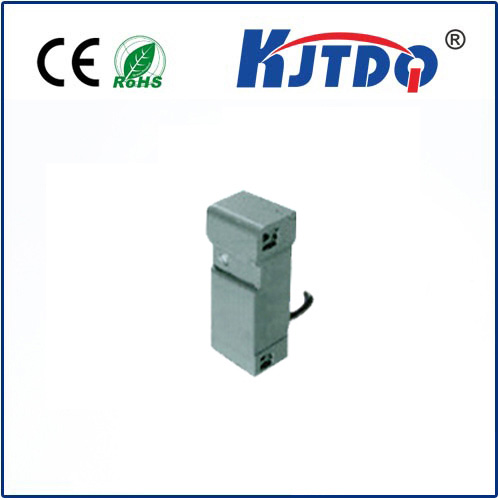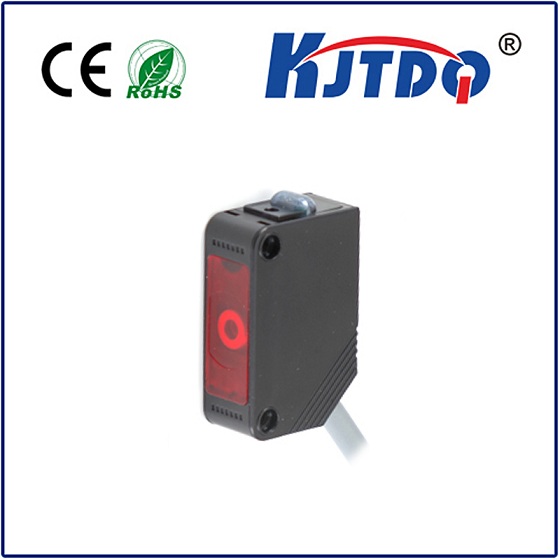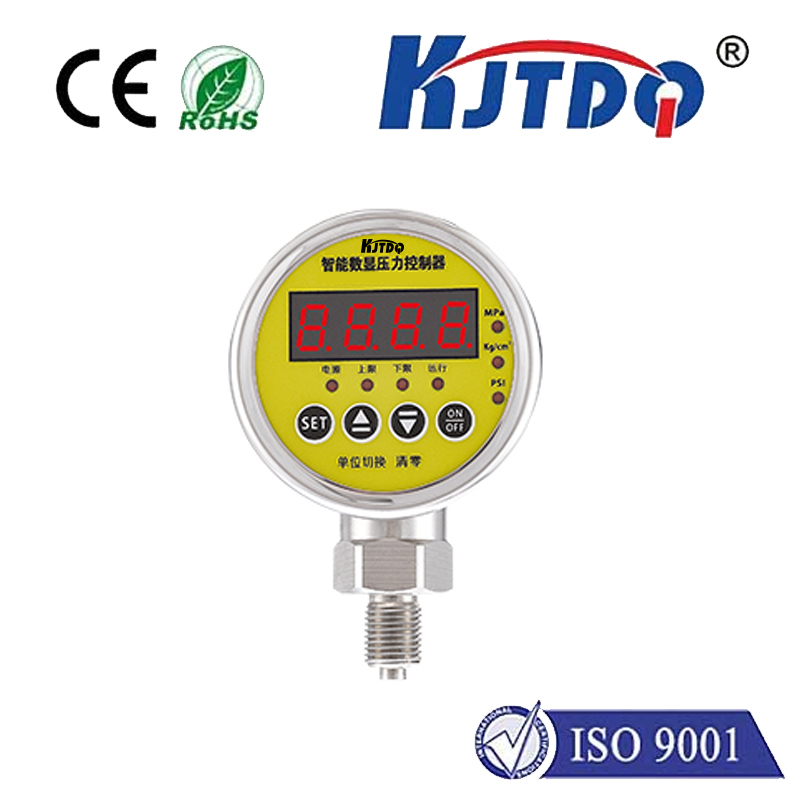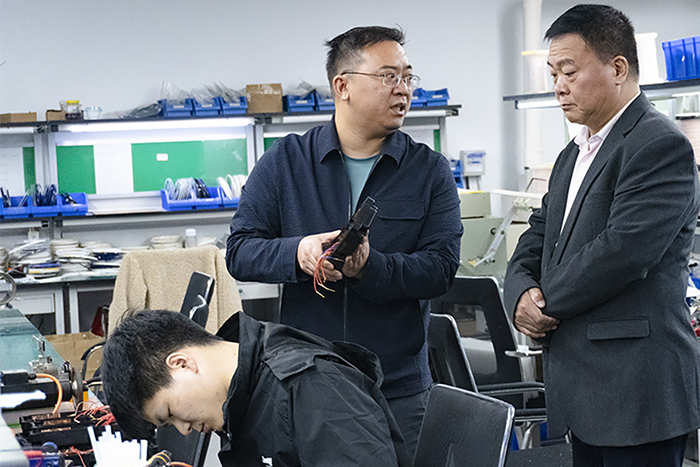
check

check

check

check
In the realm of sensing technology, inductive sensors play a crucial role in detecting metallic objects without any physical contact. Among the various types available, the 5V inductive sensor stands out for its simplicity and versatility. This article delves into the workings, applications, and advantages of 5V inductive sensors, shedding light on why they are a preferred choice across multiple industries.
At the core of a 5V inductive sensor is an oscillator circuit that generates an electromagnetic field. When a metallic object enters this field, it causes a change in the inductance, thereby altering the oscillation frequency. The sensor’s electronic circuitry detects this change and outputs a signal. Since these sensors operate at a voltage of 5 volts, they are compatible with most microcontrollers and digital systems, making them easy to integrate into existing setups. The sensitivity of a 5V inductive sensor can typically be adjusted using a potentiometer, allowing fine-tuning based on the specific application requirements. This adjustability is one of the reasons why 5V inductive sensors are highly versatile.
Alarm Systems: Triggers alarms when metallic objects breach predefined zones, enhancing security measures.

Access Control: Detects metallic keys or access cards to grant entry, adding an extra layer of security.
Non-contact Sensing: Eliminates wear and tear since there’s no physical contact between the sensor and the target.
Durability: Robust design makes them suitable for harsh environments like industrial settings.
Ease of Integration: Works seamlessly with most low-voltage electronic systems due to its standard 5V power requirement.
High Reliability: Consistent performance under varying conditions ensures dependable operation.
Cost-effective: Generally affordable compared to other advanced sensing technologies, making them accessible for a wide range of applications.
5V inductive sensors offer a blend of reliability, ease of use, and cost-effectiveness that make them indispensable in various fields. Their ability to detect metallic objects without direct contact provides significant advantages in automation, security, and consumer electronic applications. As sensing technology continues to evolve, 5V inductive sensors remain a steadfast component, ensuring precise and efficient operations across numerous platforms.
